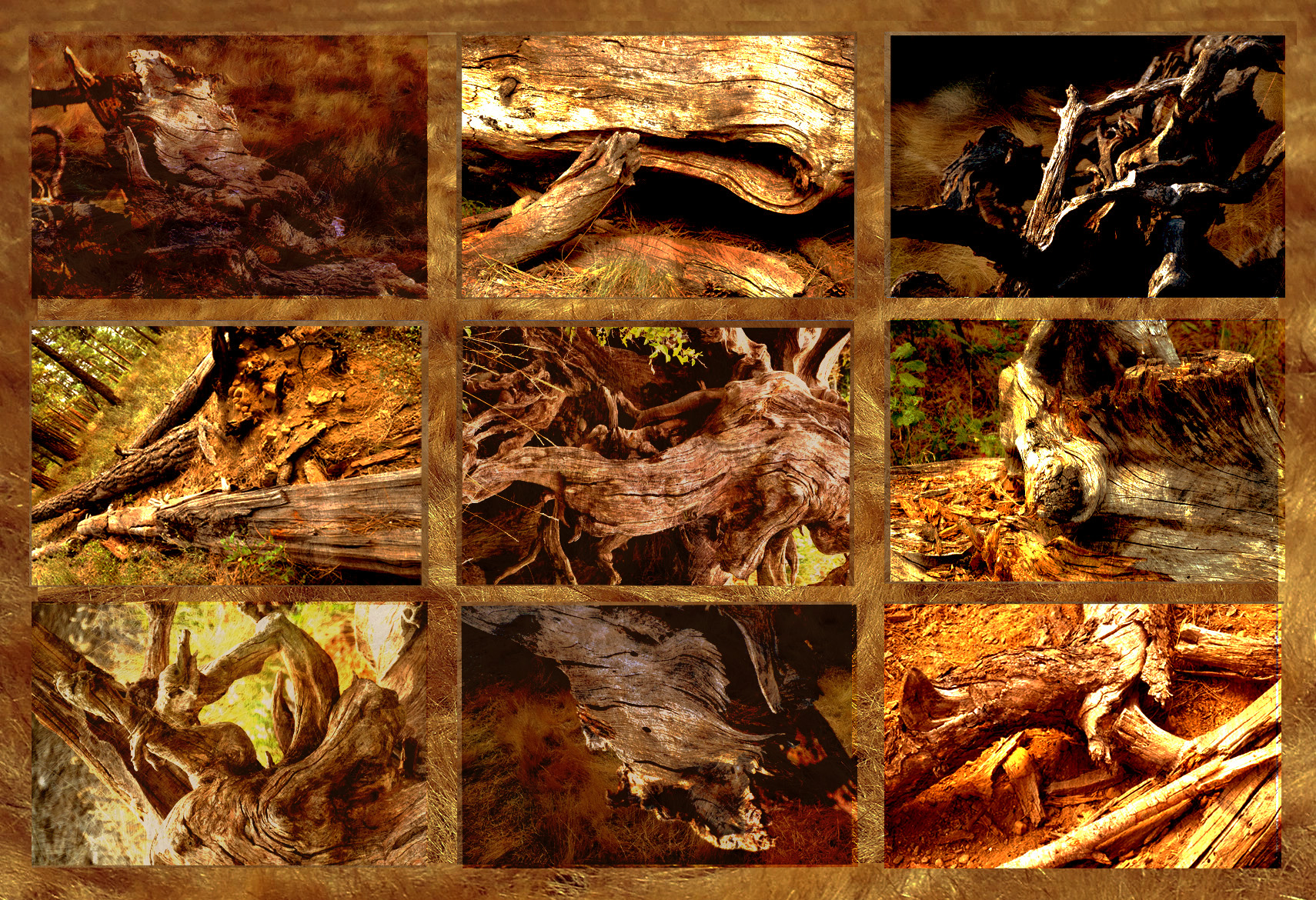I stand corrected and appreciate the countless emails gently scolding me for pegging LBJ as a Republican in one of this week’s blogs. My only excuse: I was 11 years old in Germany when he served as President… so now I know.
I also learned this week a few facts about fire season, given that the sight of endless burnt forests on the way to Central Oregon had made an emotional impact which I tried to counterbalance with reading about facts. Useless exercise, of course, since the newly apprehended facts triggered more of the same emotions…

For much of the American West fire season is now almost year-round. Warmer temperatures cause earlier snowmelt which allows vegetation to dry out. There is more atmospheric thirst, technically called evaporative demand, ever increasing due to carbon dioxide and other greenhouse gas levels. The concept basically quantifies the potential loss of water from the surface as driven by atmospheric factors including temperature, wind speed, humidity and cloud cover.
With more water vapor sucked up into the atmosphere, you have less water that drains into streams, wetlands and aquifers, particularly in the SouthWest. In turn, soil and vegetation become drier, increasing the risk of forest fires, and also hampering tree regeneration after they were hurt. Tree mortality soars.

In other words, it is not just the supply side – too little rain – that has changed. There is also the demand side – the warmer atmosphere collects and holds more water – that is affecting drought conditions. When water is increasingly drawn from the land surface through evaporation and transpiration, there is less available for plants, animals and humans.
The subsequently increased dryness of flammable materials – fuel aridity – has approximately doubled the Western forest fire area, and extended the times of year in which fires can be expected. As of July 15, 5,238,977 acres have burned in U.S. wildfires.

Less water in the soil, of course, means also that agricultural crops need more watering, putting demands on water sources that themselves have dried up. Crops in the Rio Grande Basin, for example, where some of New Mexico’s blazes burned this spring, need 8% to 15% more irrigation now than they did in 1980. (Ref.)
Humans have not only contributed to the frequency and intensity of wildfires by warming the atmosphere which in turn leads to drier fuel conditions. They have also created a “fire deficit” by (understandably) suppressing small wildfires as quickly as possible across decades. That allowed a lot of flammable material to build up in our forests that are now feeding these mega fires, the biggest ones starting in 2020.

Here is a link to a story about the consequences for communities hit by fires and how they are trying to build back.
And here are Robert Frost’s two cents, who cold not possibly have intuited the current state of the world.
Fire and Ice
BY ROBERT FROST
Some say the world will end in fire,
Some say in ice.
From what I’ve tasted of desire
I hold with those who favor fire.
But if it had to perish twice,
I think I know enough of hate
To say that for destruction ice
Is also great
And would suffice.

Music today is a bit of a warhorse, but fitting the topic.







Sara Lee Silberman
Excellent, concise explanation – and in the face of such, blog and after blog, how can one bother to chastise the blogger for getting the political affiliation of LBJ wrong [and I’m a historian asking that question!!!]? – of the environmental crises we currently face. They are alarming – and seemingly insuperable, at least to a mere historian – in the extreme!